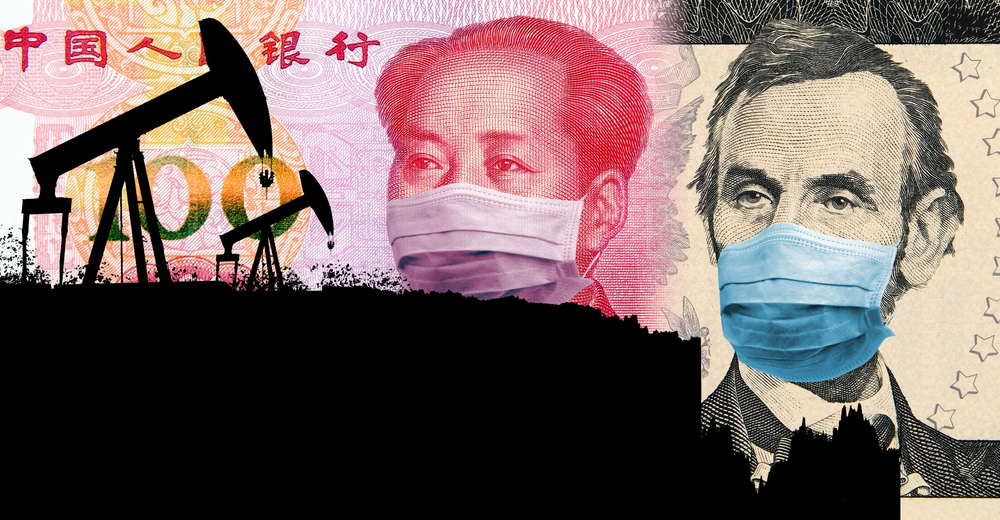The combination of reduced demand from global ‘shelter-in-place’ orders, resulting in significantly lower transportation fuel consumption, in response to the novel COVID-19 virus and the flood of additional oil to the market as OPEC+ fell apart has led to the single largest monthly and quarterly losses in oil prices ever. WTI fell 55% in the month of March and is down nearly 67% from its 2020 highs.
The world has never seen a drop in demand of this magnitude coincide with an increase in supply. Analysts project a demand decrease of 20MM bbl per day. This represents a 20% drop as pre-pandemic global consumption was ~100MM per day. Historically, when the supply side increases, it leads to lower fuel prices, spurring additional consumption, and in turn, reducing the over-supply and supporting price. However, because the entire globe is effectively stationary, no such additional consumption is possible. Instead, the excess supply is being stored; so much so that storage space is becoming scarce. If oil continues to be pumped at its current rate, there will be nowhere to put it and prices will either continue to free-fall, or operators will have to begin shutting-in wells to reduce supply.
With no end in sight of the COVID-19 pandemic, it is impossible to know what the floor is for oil prices and when/if they will ever return to pre-pandemic levels. It may take the decimation of the U.S. shale industry, which would remove millions of barrels per day from the market, to restore some sort of equilibrium to the market. This appears to be the objective of Saudi Arabia and Russia: to drive U.S. oil companies into bankruptcy and recapture the market share the U.S. has taken over the last 10 years as shale production has exploded and propelled the United States to the #1 oil-producing country in the world.










